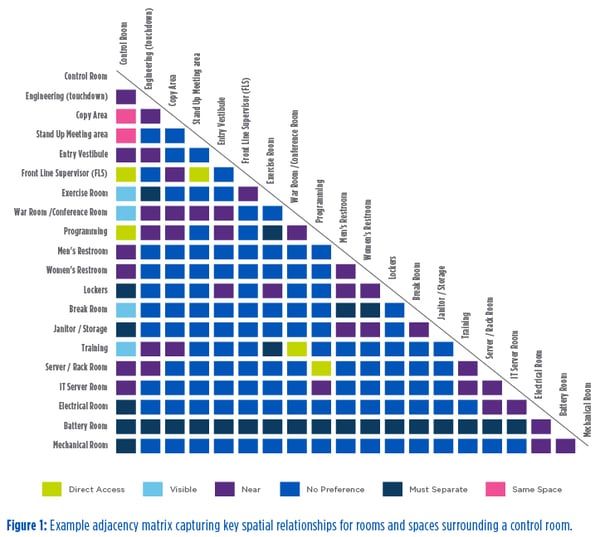A great deal has changed in how power plants are run today. Technology has boosted the potential of efficiency and reliability for plant operations, spurring control system upgrades. And with the transition from physical to digital interface controls, the control room upgrade may need as much attention to detail as the system upgrade.
Optimizing an Operator’s Space
How operators interact within their control room workspace is vital to maintain proper management of the overall plant — and the plant’s ability to supply power to its community. Plant managers need to consider and address a wide array of factors to help reduce fatigue, enhance human machine interface and more in this increasingly digital environment.
With the dramatic change from an all physical control environment to primarily digital controls within each operator’s workspace, it may be difficult to immediately pinpoint what exactly should be taken into consideration for updating. While some physical controls will always be maintained, an environment with more and more digital content on monitors displaying high performance graphics requires appropriate design, such as overhead lighting concerns, ergonomic height placement, specific seating for long hours and others. Even the color of the room and the graphics onscreen must be considered.
To sift through the noise of the wide array of potentially vital factors, it’s best to break down key considerations for control room upgrades into three main categories — critical spatial relationships, key design issues, and human interaction factors.

Critical spatial relationships stress the importance of the size and layout of the control room, as well as the number of operators who will work in the space and all the necessary workstations, equipment and monitors. This category focuses on considerations for site lines, workstation angles and the proper placement height and reach of monitors, keyboards and computer mice. It even takes into account the location of adjoining and surrounding rooms the operators need outside the control room (see Figure 1).
Key design issues start with addressing the physical security of the perimeter of the space and progress all the way down to the human machine interface (HMI), situational awareness (SA), alarm management and many more. This category focuses on considerations for how each operator safely functions within the space and in relation to all equipment in a proactive way to provide reliable plant performance, maintaining a smooth operation rather than in a reactionary mode focused on addressing alarms. In this 24/7 environment, it is also important to address procedural aspects of the control room such as lock-out tag-out (loto), permitting, and operator shift crossover to reduce the potential for human error.
Human factors get into the nitty-gritty of maintaining the comfort and work health for each operator, such as addressing ergonomics, seating selection and adjustability for different body types, acoustics, lighting levels and more. The considerations within this category are essential to help mitigate fatigue, eye strain and long-term physical issues that can cause absenteeism and human error.
To truly optimize an upgraded control room that can manage an upgraded control system, each of these three categories must be considered and addressed fully. After all, an optimized work space will not only safeguard the productivity and health of operators; it will help maintain the steady stream of electricity to consumers.
Upgrading an aging distributed control system offers enhanced features and mitigated risks. Learn about the benefits of a thorough control system assessment and if it’s the right time to upgrade.

